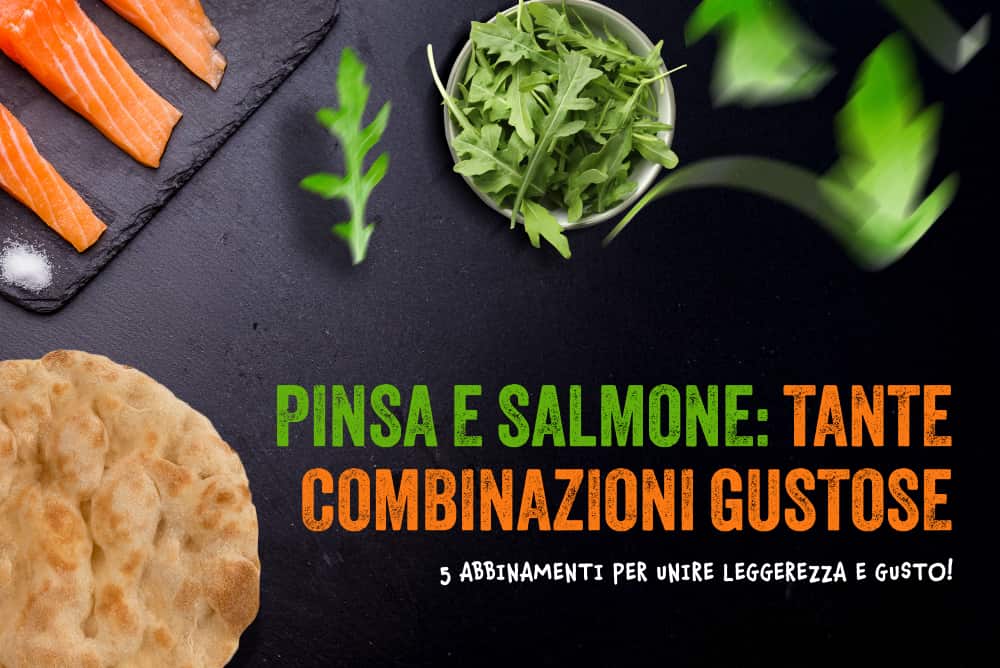The break is that special time when a snack can make the difference between facing the rest of the day with energy or feeling tired and fatigued. So the question is legitimate: what is the perfect snack?
The tradition of the snack break
It is very difficult to trace the origins of the snack break with certainty. Traces of it can be found as far back as Roman times, when it was reserved for children. It is given for certain that the Italian name for the snack break, “merenda”, comes from the Latin verb merere, meaning “to deserve”: the snack was the meal that had to be deserved, to compensate for the caloric expenditure of physical labour in the past.
Therefore, the snack break is part of our tradition and of that of many other (Latin) countries, and even celebrated on its national day, September 17. In Italy, the merenda has always been a real meal, albeit less abundant and lighter than the main ones: a yogurt, a sandwich or a slice of cake, for instance. Not surprisingly, merendine were born, the prepackaged snacks for the break.
Formally, the snack break is both mid-morning and mid-afternoon, although it has long been associated only with the afternoon, with the aim of breaking hunger and providing energy in the part of the day between the two main meals, which are eaten 7 or 8 hours apart. Each country then has its own tradition, its own local dishes, and prefers sweet or savoury.
Snack breaks should never be avoided, because splitting the daily calorie and energy intake over several meals is a healthy practice. However, work and daily rhythms do not allow us to have it every day, but if we consider it is only a short break, we can easily find 5 minutes for a snack.
What to eat for a snack break? It’s not just about sweets
Let’s go back to the original question: what to eat during a snack break? First, let’s see whether Italians prefer sweet or savoury. According to research by Aidepi (now Unione Italiana Food), there would seem to be a preference for sweet: fruit is the most consumed food, followed by yogurt and then savoury snacks with 22% of preferences. Homemade cakes, cookies, and merendine, as well as sandwiches, pizza, and focaccia, also make the list. Sweets maintain the lead, but it’s noteworthy that one in four people prefers savoury snacks, indicating a variety of tastes and an openness to non-traditional options.
For the break, try our Pinsa Snack
Ever considered indulging in a Pinsa Snack? We have, and we have even created a specially-made version, the 130g Pinsa Snack. You should seriously think about it, and we give you 4 good reasons why:
It is perfect with sweet and with savoury toppings
The main characteristic of pinsa, and thus also of the snack format, is its versatility. It can be enjoyed with sweet toppings such as fresh fruit, honey and chocolate, but also with savoury toppings such as vegetables and cheese. It is the ideal solution to satisfy any taste at snack time.
It is ready in 5 minutes
Daily life is hectic, and people often do not have time to prepare their mid-afternoon snack. Pinsa snack solves this problem, as it takes only 5 minutes to bake. Who doesn’t have 5 minutes for an artisanal, fresh and wholesome product?
It is a healthy product
Healthy eating is a principle that applies to all meals, not just the main ones. And as convenient as it is to open a packet of fried food to satisfy hunger, isn’t it better to eat something healthy? Be careful how you season it, of course.
It tastes great
Talking about our product, we often dwell on its lightness, low calorie intake, low fat, etc. But the reality is that in addition to all that, pinsa is delicious both sweet and savoury.
Pinsa snack retains the original taste of pinsa, ensuring a delicious experience. At the same time, it is a 130g version (as opposed to 230g in the classic version) created precisely to meet the needs of a light snack, like a modern Italian merenda. The combination of taste and lightness makes it an ideal option for quenching hunger without weighing you down.
There are two types of Pinsa snack available: classic and room temperature. The room temperature version can be stored in the pantry, ensuring maximum convenience.
Five pinsa recipes to enjoy as a snack
Now, have you purchased Pinsa Snack but don’t know how to season it to make it unforgettable? We suggest you try either sweet or savoury, but in either case keep it light with the toppings, so you don’t arrive at dinner already full. Here are five ideas:
Fresh fruit pinsa
A sweet option to satisfy a craving for flavour and freshness. Spread a light layer of Greek yogurt and garnish with strawberries, raspberries and blueberries. You can top with a drizzle of honey for an extra touch of natural sweetness.
Chocolate and hazelnut pinsa
A mouth-watering snack that can also be light, if you don’t overdo it. Spread a thin layer of dark chocolate cream and add chopped hazelnuts and a drizzle of sugar. To create the perfect combination of sweet, soft and crunchy, add a few pieces of banana.
Pinsa with yogurt and kiwi
Simplicity at snack time: a layer of Greek yogurt, slices of fresh kiwi, a drizzle of sugar and you’re done. The lively acidity of the kiwi pairs perfectly with the creaminess of the yogurt.
Pinsa caprese
For a savoury and light snack, you can opt for a pinsa caprese-style snack. Spread a thin layer of light pesto over the base, add cherry tomatoes cut in half and, for the ultimate in lightness, a few slices of light mozzarella.
Pinsa with grilled vegetables
For a light and nutrient-packed snack, you can try a pinsa snack with grilled vegetables. You could spread a thin layer of hummus on the base and add grilled zucchini, peppers and eggplant. A touch of fresh basil, a few drops of lemon and you’re done.










